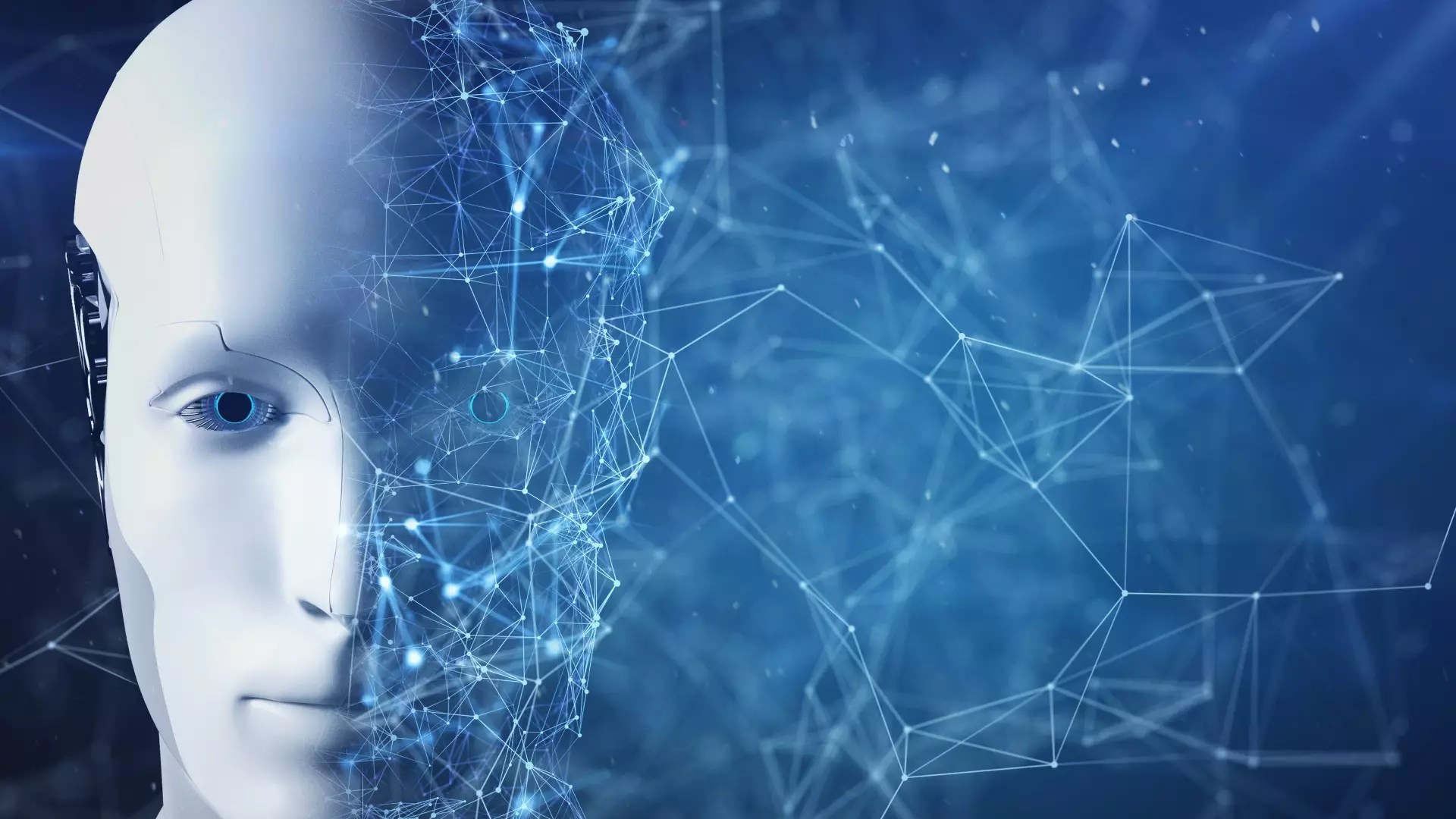In our rapidly evolving world, we must recalibrate our understanding of technology, particularly artificial intelligence (AI). Historically, technology has been viewed merely as a tool—an extension of human capabilities—capable of both remarkable achievements and grave pitfalls, and AI is no exception. Despite its often misconceived personification as an autonomous being, AI fundamentally serves as a powerful instrument. The true test lies in how we wield this instrument, especially within the domain of education, which is currently experiencing a revolutionary transformation with the integration of AI technologies.
China’s Ambitious Approach Towards AI in Education
Recently, significant developments in China’s education sector have caught the world’s attention. As reported by various outlets, the Chinese government is poised to integrate AI into educational frameworks, from primary schools to universities. This initiative aims to elevate the nation to what it envisions as a “strong-education nation” by 2035. Central to this mission is the belief that AI will not only refine instructional materials but also enhance the overall efficacy of teaching and learning.
From the development of foundational skills such as communication and collaboration to more sophisticated abilities like critical thinking and problem-solving, AI can tailor learning experiences to meet diverse student needs. This shift opens up conversations about how we envision education—dynamic, responsive, and centered around individual student needs rather than a one-size-fits-all model.
Personalized Learning: The Gift of Customization
Imagine a classroom where learning is not dictated by rigid syllabi but is instead personalized to the interests and learning styles of each student. This is where AI shines. By analyzing vast datasets, AI can identify patterns that inform teaching methods, thereby adapting content to foster better engagement and comprehension among students. Such a tailored approach promises to break the constraints of traditional pedagogy, allowing students to explore knowledge at their own pace and in a manner that resonates with them.
However, as we take these futuristic steps, we must remain grounded in the understanding that AI is a reflection of its creators. This raises critical questions about the transparency and ethical deployment of AI technologies. The notion of an AI system embedded in our education norms warrants meticulous scrutiny. It implies a necessity for responsible governance and stringent oversight to ensure it is designed not just to serve institutional goals but to genuinely enhance student experiences.
Potential Risks: The Pitfalls of Over-Reliance on AI
That said, we must approach this technological embrace with a healthy dose of skepticism. The integration of AI into educational contexts is not without its dangers. Many AI systems currently in use are language models that, while impressive, can generate confidently incorrect information, leading to confusion and misinformation. This phenomenon underscores a crucial element of AI’s role in education: the importance of relying on bespoke systems fine-tuned for specific educational environments by qualified educators.
The challenge lies in avoiding the proliferation of generic AI tools that may falter in delivering accurate and relevant insights. If education systems delve into AI without due diligence—without developing AI solutions that are transparent, accountable, and adaptable—there exists a risk of exacerbating existing inequities in education.
Building Trust in AI-Driven Education
To navigate these complexities, there must be a collaborative effort among educators, technologists, and policymakers to create a framework that governs the use and application of AI in learning environments. Trust is paramount. For AI to be a true ally in education, it must be clear how it operates and how its inputs are generated. It will require ongoing dialogue, cultivation of interdisciplinary knowledge, and an unwavering commitment to prioritize the educational and developmental needs of students over the technological showcase that AI can sometimes represent.
The conversation surrounding AI in education is not about whether or not we should embrace this technological evolution; rather, it is about how we can responsibly implement it to unlock its full potential while safeguarding against its inherent risks. The path forward isn’t merely acceptance but rather a collective determination to shape an educational landscape that is innovative, responsible, and beneficial for all learners.


Leave a Reply